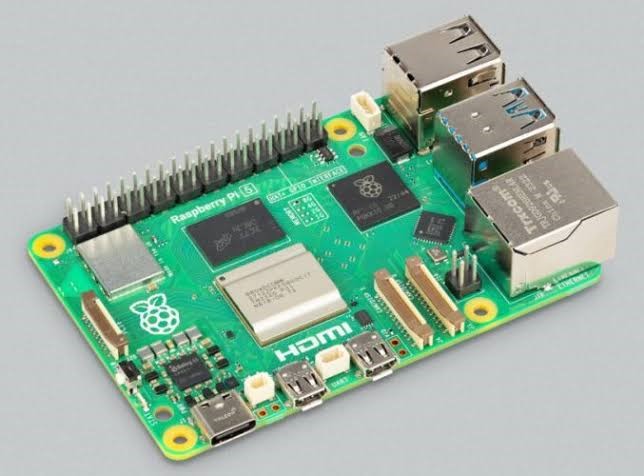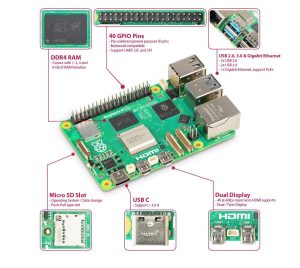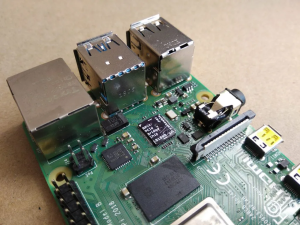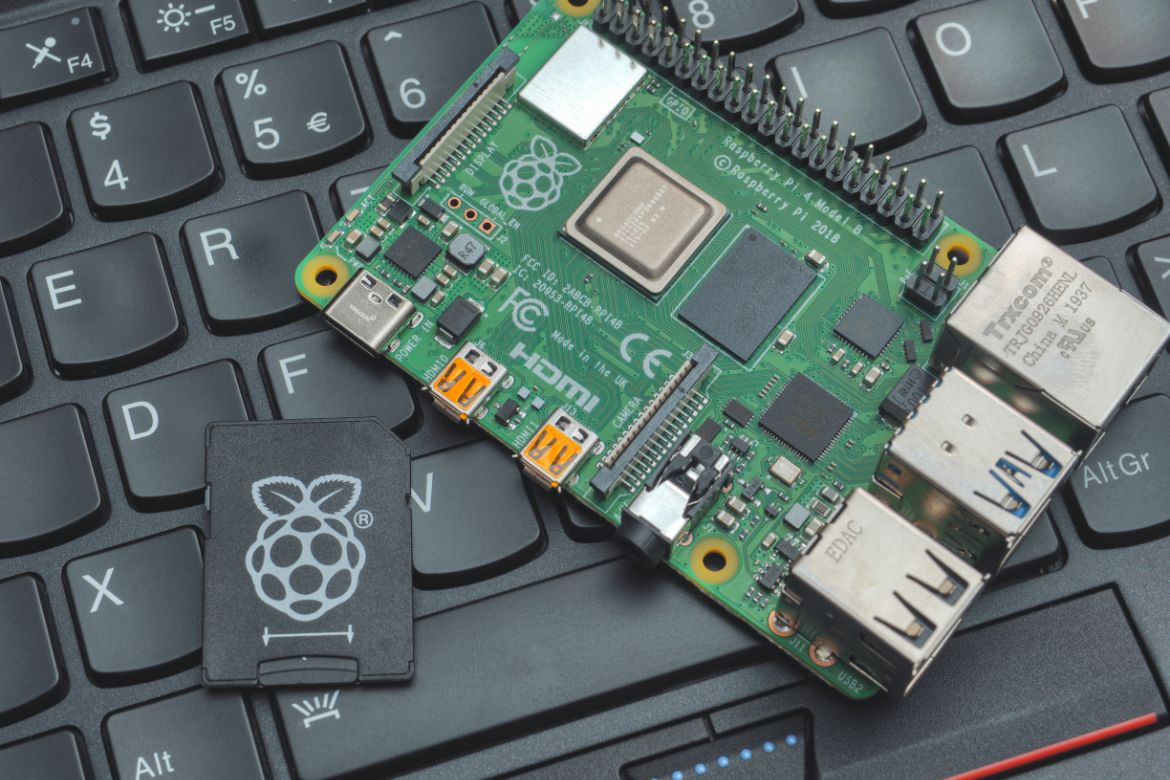Embedded boards have gained popularity in recent years. With everything going automated, embedded modules and boards play a vital role in electronics. Different foundations develop various embedded modules which have specific roles in developing embedded systems.
Raspberry Pi Foundation
One of the renowned names of the embedded module series Raspberry Pi was developed by the Raspberry Pi Foundation in 2012. It was a classic variant that was designed by its developers to create easier access to computers and computer education.
Raspberry Pi Foundation aims to bring ease to hobbyists and users by developing low-cost, easily accessible, and high-performance computers which can be used for entertainment, learning, and solving problems.

Raspberry Pi Model Variants
Due to its popularity, Raspberry Pi has many generations of Raspberry Pi lines. From Pi 1 to 4, some of the models even have A and B models which are classified on the basis of their cost. Model A is a less expensive option having of course fewer ports and reduced RAM. In addition, Pi has also launched The Pi Zero variant which is even cheaper and smaller.
Raspberry Pi 5
In addition to the variants in an embedded module such as Raspberry Pi 5, the users might encounter different questions like “what is Raspberry Pi 5?” Or “Is it worth upgrading?” So let us consider discussing Raspberry Pi 5 first.

Recently announced Raspberry Pi 5 is a successor to the Raspberry Pi 4 embedded module. It is a highly anticipated model and its developers suggest that Raspberry Pi 5 is coming with major upgrades in most of the vital areas; like processing power, storage, graphics, memory, and connectivity. It has following specifications:
- Processor: Octa-Core Cortex A78 (that may go up to 2.5GHz)
- Storage: NVMe SSD or MicroSD card
- RAM: may go up to 16GBs
- Graphics: Broadcom VideoCore IX
- Connectivity: Gigabit Ethernet, Bluetooth 5.3, WiFi 6E, HDMI 2.1
Raspberry Pi 5 is the only full-sized Raspberry Pi computer that uses silicon from in-house. RP1 Southbridge improves the functionality including a double USB Bandwidth, single-lane PCI Express 2 interface, and 2×4 lane MIPI interface support.
Let us now discuss major updates in Raspberry Pi 5.
Changes in Raspberry Pi 5
Raspberry Pi modules come in an easy-to-handle credit card size with powerful specs. It has a charming format and size. According to Raspberry Pi Foundation, its new CPU on board (which is a Cortex-A76 CPU at 2.4GHz) with the latest Video Core 7 GPU at 1GHz offers a major upgrade in its performance.
RAM Changes
RAM is one of the most important changes in electronic devices. Compared to the previous model of Raspberry Pi, the new Raspberry Pi 5 comes with a fast DDR4X RAM (previously DDR4 RAM). This upgrade enables Raspberry Pi to perform a function fast without much power consumption, which most users demand.
To check RAM performance, a RAM speed test was run by its users, which left remarkable results. It performed close to 30,000 MB writes and reads, compared to older Raspberry Pi 4 which can only go up to 6,000.

MicroSD card Slot
When we are talking about major upgrades in Raspberry Pi 5, the MicroSD should not be ignored. Just like high-performance RAM, the Raspberry Pi 5 microSD card supports high-speed SDR104 mode. When users performed the speed test for the MicroSD card, it was found that the SD Card showed about twice as fast performance compared to its previous variants.

Camera and Display
The all-new Raspberry Pi 5 comes with two camera display connectors, which means you can now connect two cameras to your embedded system and may see up to two displays. This is especially an upgrade that targets users who demand a good display.
PCI
Raspberry Pi 5 comes with a single-lane Gen 2 PCIe connection. This makes it capable of using M.2 SSD or an NVMe with the ability to read or write much faster compared to its previous variants. This is a major improvement in its speed and allows the users to connect high-bandwidth peripherals.
WiFi and Ethernet
Although Raspberry Pi comes with major upgrades in its RAM and other components, WiFi and Ethernet connectivity remains the same. This is not embarrassing since the old variants of Raspberry Pi had satisfying internet and ethernet connectivity.
One thing that is disappointing for the users of Raspberry Pi 5 is its USB Sockets, which are still not Type-C. However, we expect the Raspberry Pi Foundation to improve this.

Thermals
As discussed earlier, Raspberry Pi 5 has a better
processor and a faster CPU, which improves the performance of Raspberry Pi 5 compared to the previous variants. However, this also demands more power dissipation and ultimately more heat production. Raspberry Pi 5 comes with a new active cooler.
To find out whether Raspberry Pi 5 is also good at dissipating heat, a group of its users performed thermal imaging of both Raspberry Pi 5 and Raspberry Pi 4. The results suggest that while running some CPU and GPU-intensive tasks on both Pi 5 and Pi 4, the Raspberry Pi 5 reached 78°C at the chip level. However, Raspberry Pi 4 reached a maximum of 71°C, but performance was not the same, obviously. It is noteworthy that the test was performed in a lab of an ambient temperature of 23°C and no cooling was allowed.
Should I upgrade to Raspberry Pi 5?
When it comes to performance, Raspberry Pi 5 is a game changed by its developers. With its effective hardware upgrades, Raspberry Pi 5 can rule the single-board computer world. Its upgrade in CPU and GPU DDR4X make it a credit card-sized powerhouse. If you want multiple screens and plenty of other peripheral options such as dual cameras to M.2 SSDs, Raspberry Pi 5 is a perfect choice.

Raspberry Pi 5 is an ideal choice for both newbies and veterans of Raspberry Pi users. It proves roughly double performance while retaining the charm of Raspberry Pi boards. Its users suggest that Raspberry Pi 5 has a decent performance while multi-tasking and can be used when a laptop or computer is not available to a user. You can power your Raspberry Pi 5 with a power bank, so it is an ideal handy computer.


